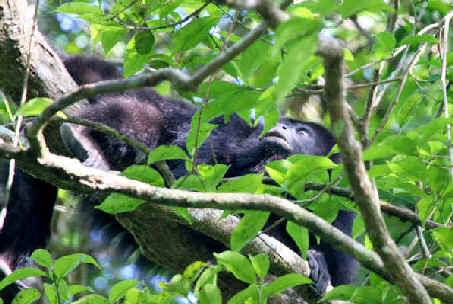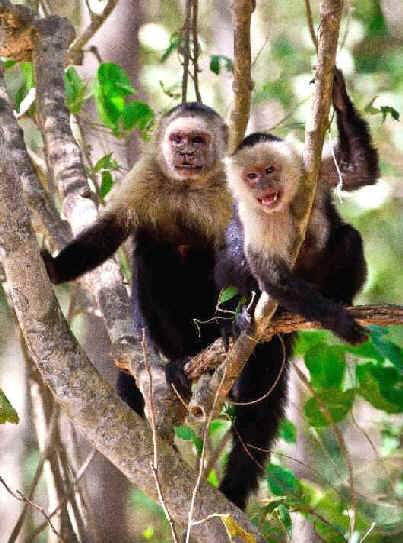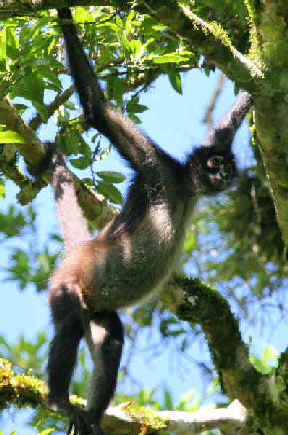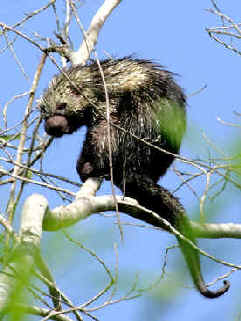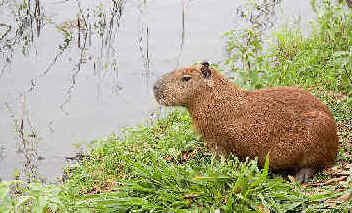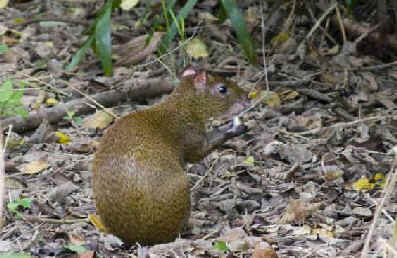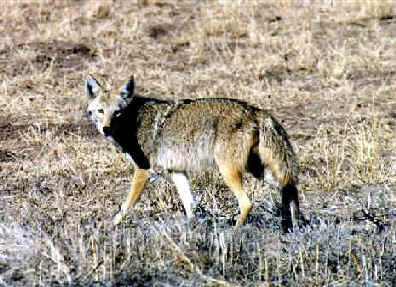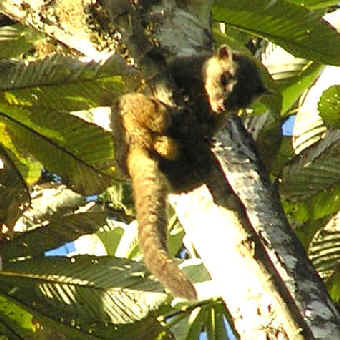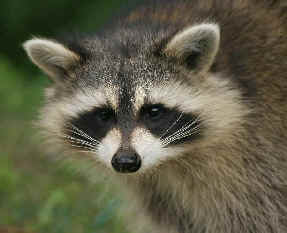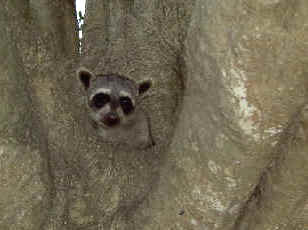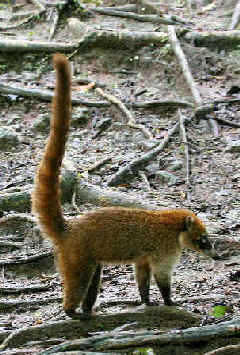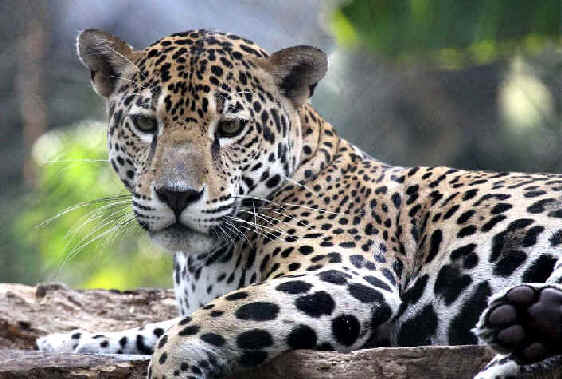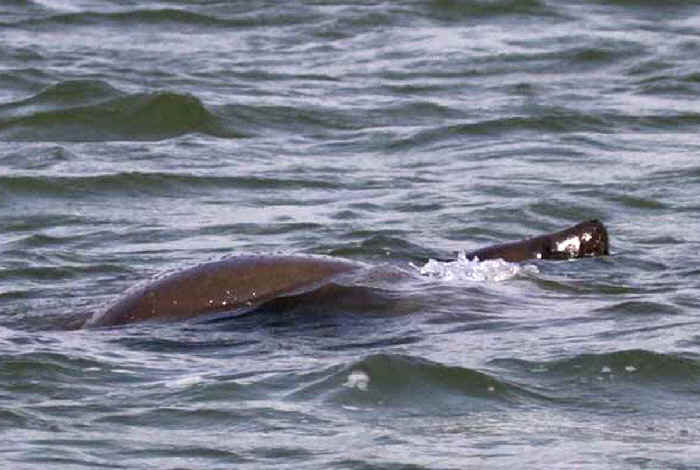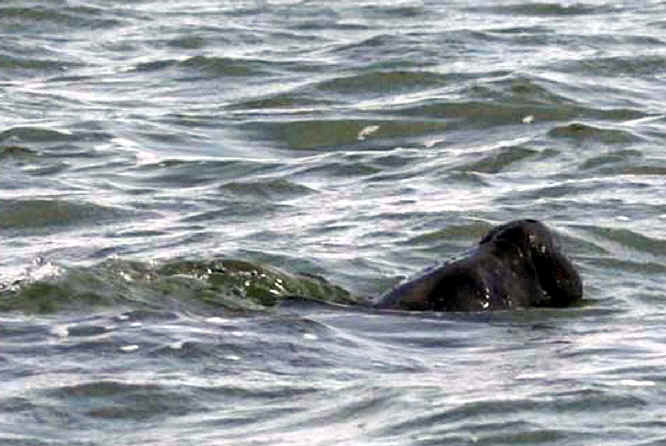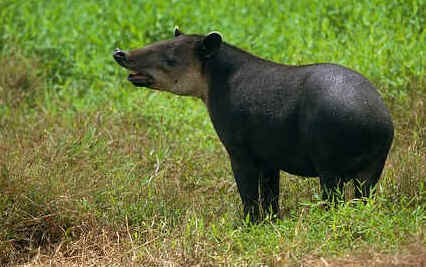
E-mail: font@focusonnature.com
Phone: Toll-free in USA 1-888-721-3555
or 302/529-1876
 |
PO Box 9021,
Wilmington, DE 19809, USA E-mail: font@focusonnature.com Phone: Toll-free in USA 1-888-721-3555 or 302/529-1876 |
LAND & MARINE
Noting those during
Focus On Nature Tours
in Belize
Costa Rica
Guatemala
Honduras
Panama
Noting found during Focus On Nature Tours
1991 thru 2015
with an (*)
Tours during the months of January, February, March, April,
May, June, July, and December.
There have been 32 FONT tours in Costa Rica, 16 in the Peten region of
Guatemala, 15 in the Guatemalan highlands, 10 in Panama (5 of them in the Chiriqui
highlands), 3 in Honduras, and 3 in
Belize.
UPPER RIGHT PHOTO: a MANTLED BLACK HOWLER MONKEY
photographed during a FONT tour in Costa Rica
This List of Central
American Mammals
compiled by Armas Hill
Codes:
Threatened Species,
designated in CITES:
(t1): critical
(t2): endangered
(t3): vulnerable
(ti): threatened (but with status indeterminate)
(i): introduced
BZ: during Belize tours
CR(N): during Costa Rica tours (in northern
CR)
CR(S): during Costa Rica tours (in southern
CR)
GU: during Guatemala tours
HN: during Honduras tours
PN: during Panama tours
(ph): species with a photo in the FONT website
Some excellent books about Central American Mammals include:
"A Field Guide to the Mammals of Central America & Southeast
Mexico" by Fiona Reid, 1997.
"The Natural History of Costa Rican Mammals" by Mark Wainwright, 2002.
Links within this List:
American Opossums Anteaters, Sloths, & Armadillos
Bats New World Monkeys
Squirrels New World Porcupines
Cabybara
Agouti & Paca
Foxes Raccoons &
Allies
Weasels, Skunks, & Allies Cats
Manatee
Tapir
Peccaries &
Deer Marine Mammals
Other Links:
Upcoming
FONT Birding & Nature Tours in Central America
Lists of Birds in: Belize Costa Rica Guatemala Honduras Panama
A List & Photo Gallery of Birds in Central America, in 4 Parts
Lists (with some photos) of Mammals in: Belize Costa Rica Guatemala
A
List
of Butterflies & Moths in Central America, in 5 Parts (with
some photos)
Lists (with some photos) of Amphibians &
Reptiles in:
Guatemala & Belize
Costa Rica & Panama
Marine
Life, including that of the Coral Reef, of Belize & Mexico
Directory
of Photos in this Website
List of Mammals:
AMERICAN OPOSSUMS (in the Order Didelphimorphia, Family
Didelphidae)
All Marsupials were formerly classified in the Order
Marsupialia.
However, this large group has recently been split into 7 orders.
NEW WORLD
OPOSSUMS consist of 3 orders, Australian marsupials, 4 orders.
The Order Didelphimorphia includes all of the Central American opossums - 13
species
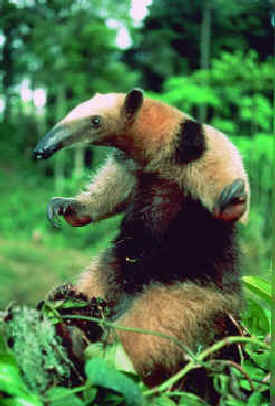
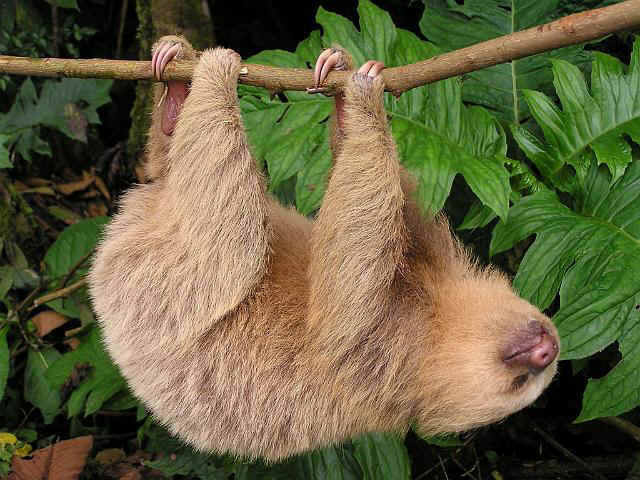
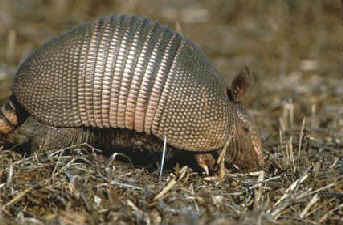
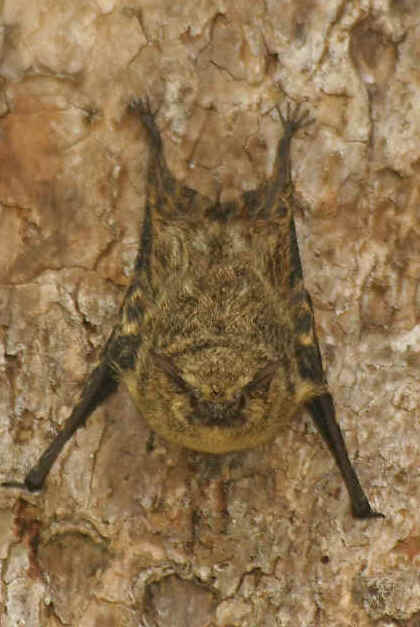
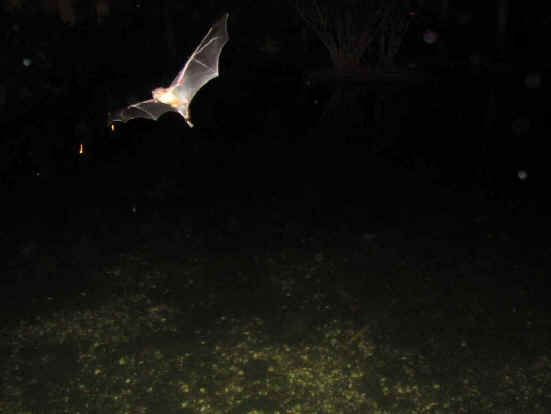
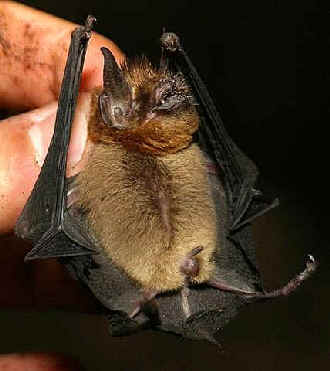
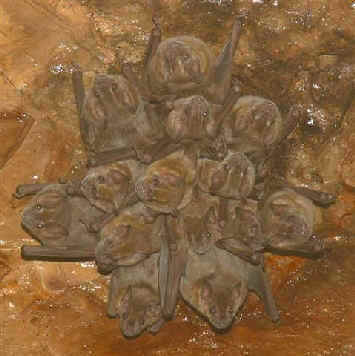
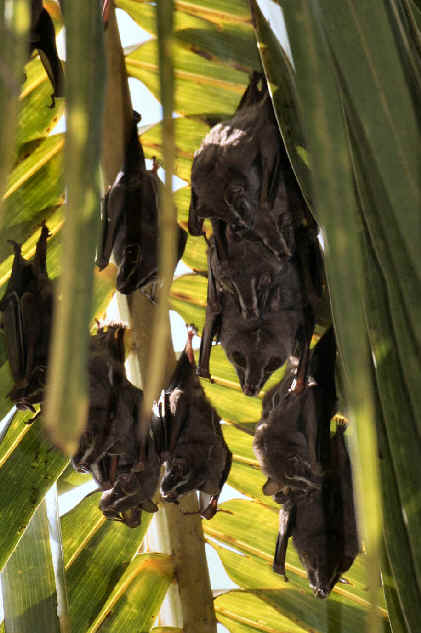
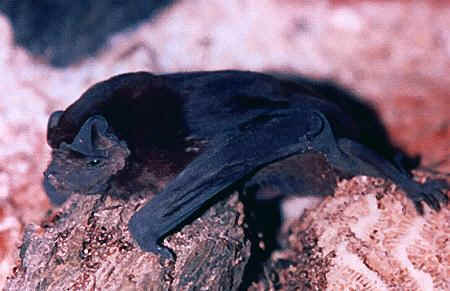
THE CEBIDS, or NEW WORLD MONKEYS
(in the Order of Primates,
in the Family Atelidae):
